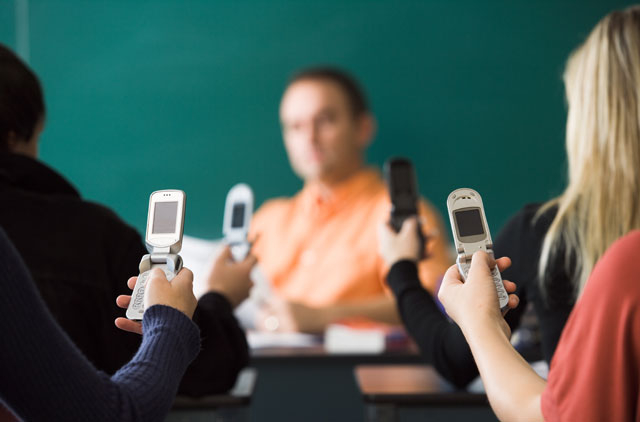Dubai: With unanticipated emergency situations and natural disasters occurring rather frequently around the world, mobile technology is what most people instinctively turn to when dialling for help.
Since the advent of smartphones, dozens of emergency apps have emerged with the aim of helping people communicate in a faster and more affective way in times of crisis.
One recently introduced feature on Facebook that was created after the Paris attacks, which killed 127 people in October of 2014, is the Safety Check tool. This feature automatically sends users in disaster areas a message asking about their status and safety. Notified users then have an option to click yes, to let their friends and family know they are okay on Facebook.
The app notifies users during shootings, violent public acts, earthquakes, and other natural disasters.
“Some telecommunication companies and social media platforms are implementing emergency features in smartphone applications to further aid in crises or emergency situations. One of these is Facebook’s recently activated function in emergency situations, which — using your GPS — it allows users to ‘check in’ if they are safe and in the vicinity of an emergency situation,” pointed out said Fahad Al Hassawi, Chief Commercial Officer at du.
Just the same, DisasterAWARE is another emergency app, which allows a mobile phone to monitor and warn its user about any early sign of natural disaster around the world. It is currently being used by 1.5 million worldwide.
“Many would agree that the first port of call in an emergency would be our mobile phones. As a communication tool, mobile technology lets us immediately connect with the emergency services, as well as contact our friends and families to let them know we are safe, and vice versa,” said Al Hassawi.
For residents in the UAE, the Dubai Police’s high-tech security programme, SOS (Save Our Souls) allows people to contact the emergency services at the touch of a button — either via a smartphone application or a wristband.
“Once the button is pressed, police emergency numbers are dialled, the GPS system will start working and all information about the user will be available in the operations room at the headquarters,” said Tahani Karrar-Lewsley, chief executive officer and founder of Menar Media.
The SOS service is now available on Thuraya XT phones, which works via satellite and allows people who are in deserted areas or at sea, where there is no mobile phone signal, to call for help if they have a satellite phone.
Other emergency apps include Social Alert, National Ambulance app 998, Dubai Ambulance’s app Olem and Same’e.
The Social Alert allows you to send out custom emergency messages with your exact location to friends and family on social networks such as Twitter and Facebook in times of need, explained Lewsley.
The National Ambulance 998 app enables users to request an ambulance without the hassle of phone calling. “The app also has a great feature that provides a first aid guide with illustrations with easy steps to follow on what you should do in a variety of situations such as choking, bleeding, burns, allergic reactions and strokes,” she said.
Emergency apps for disabled users
For disabled users, Olem and Same’e are recommended apps.
Olem allows visually impaired people to request for ambulance services by pressing the power button of the mobile phone three times in a row to launch the application, even in cases where the phone is locked by password, said Lewsley.
“The Same’e app caters to hearing-impaired residents, allowing users to request for an ambulance through the use of text messages and multiple choices to describe the emergency situation as thoroughly as possible,” she added.
Similarly, The Red Panic Button app allows users to contact many users at once in a state of crisis. The user-centered Early Warning and Vulnerability Alert System (EWVAS), will send your GPS coordinates and a link to Google Maps, by SMS or email, to a previously specified contact list. This feature can also send the posts to your Facebook or Twitter account.
Connectivity and coverage
However, Al Hassawi pointed out that connectivity to the internet in such situations is crucial to help keep people safe and, in some cases, save lives.
“As long as your mobile network has strong partnerships with global network leaders, no matter where in the world you are, your smartphone can aid you and be an all-purpose emergency kit, offer medical assistance and outline basic first aid,” he said.
Your smartphone can also use GPS services to navigate a way out of a crowded or accident situation, he added.










